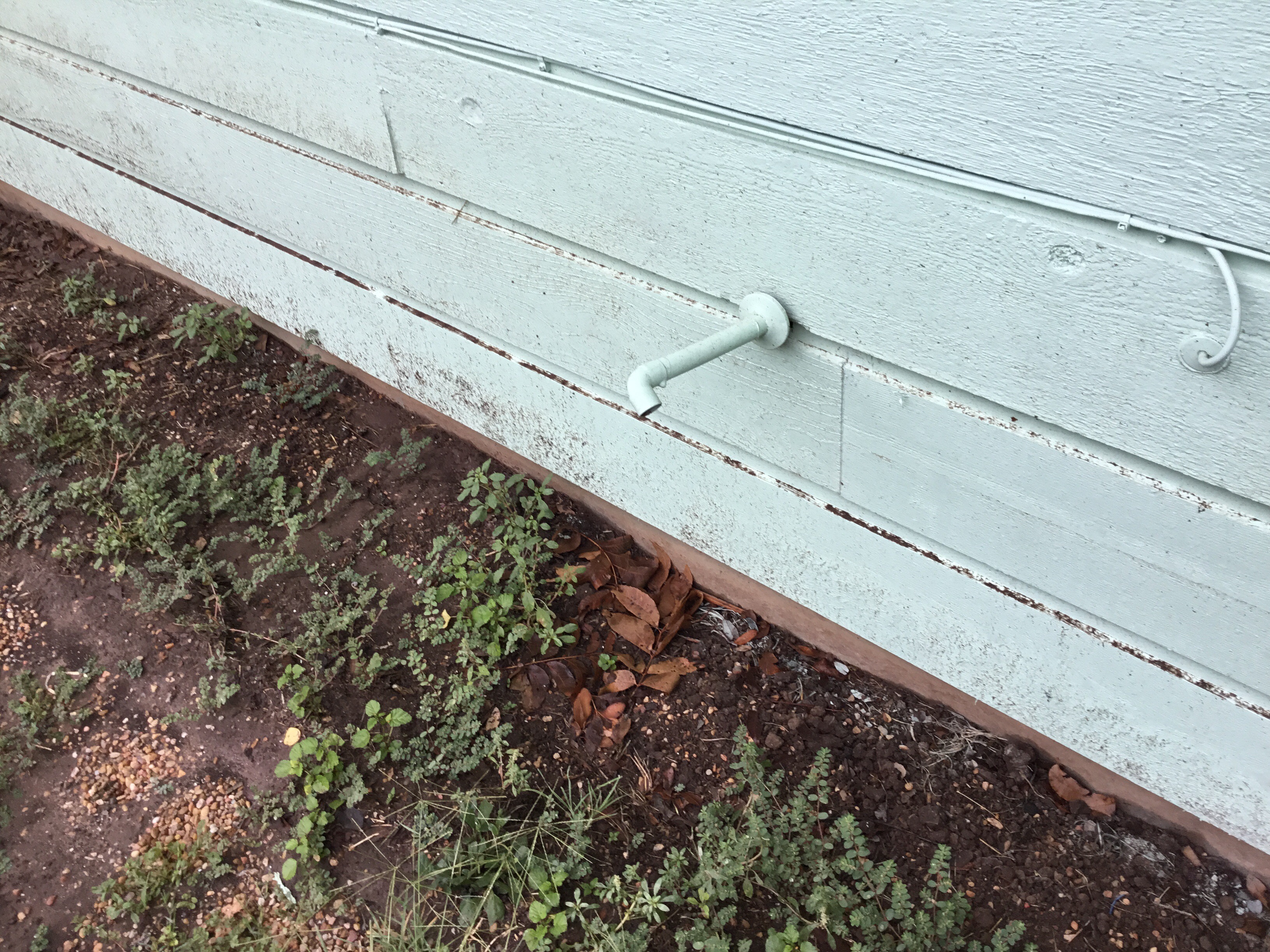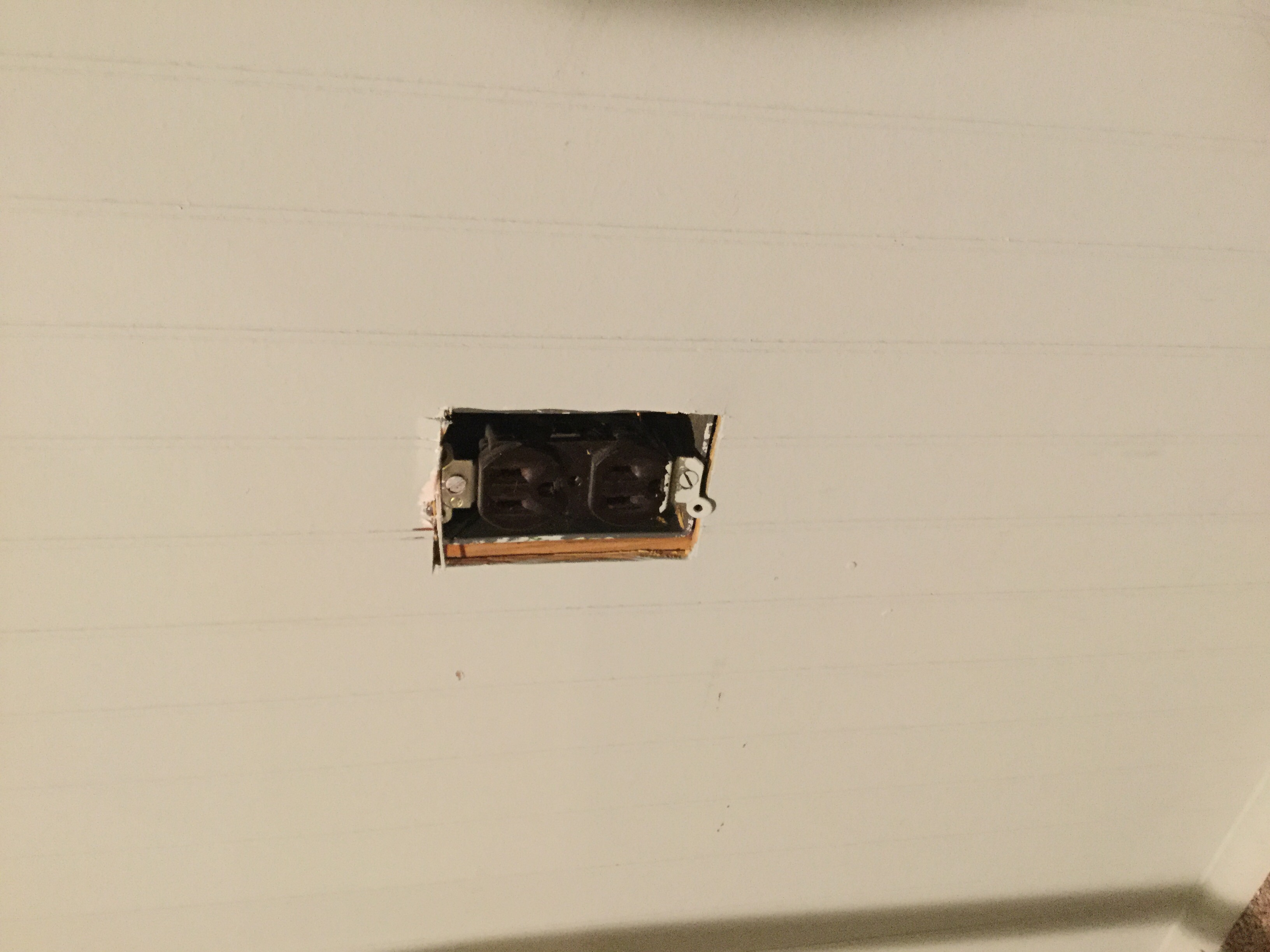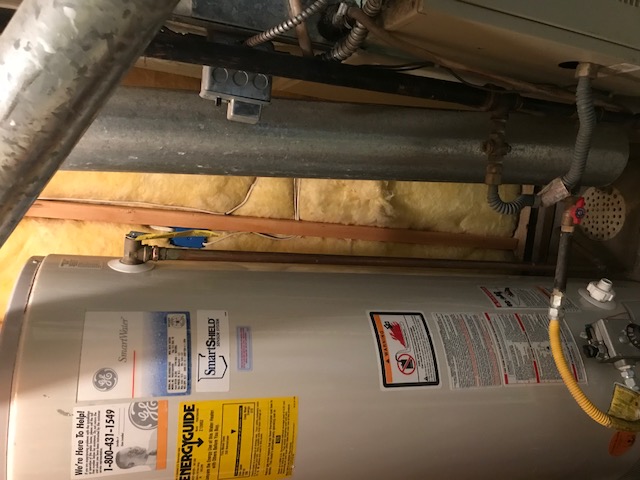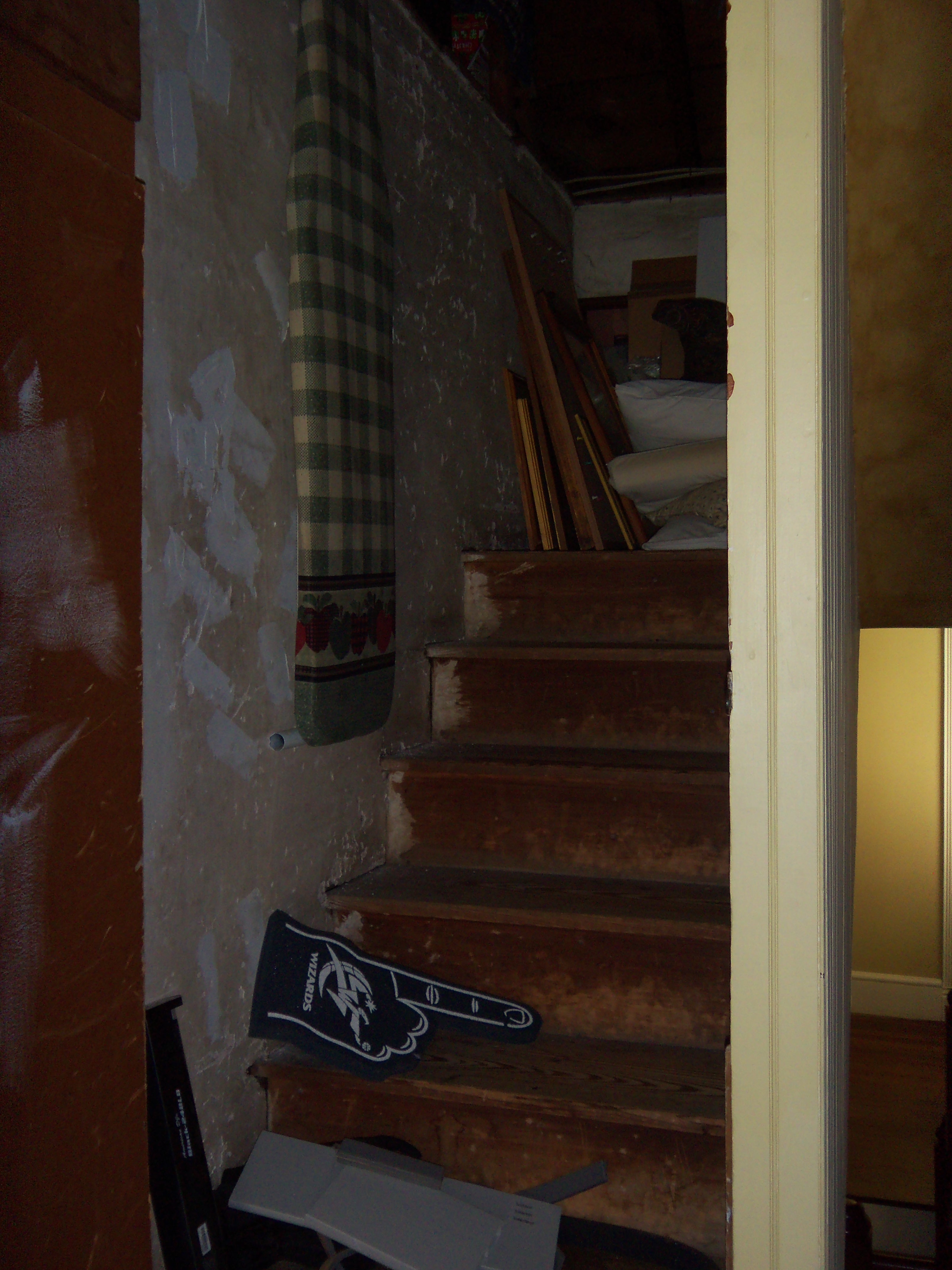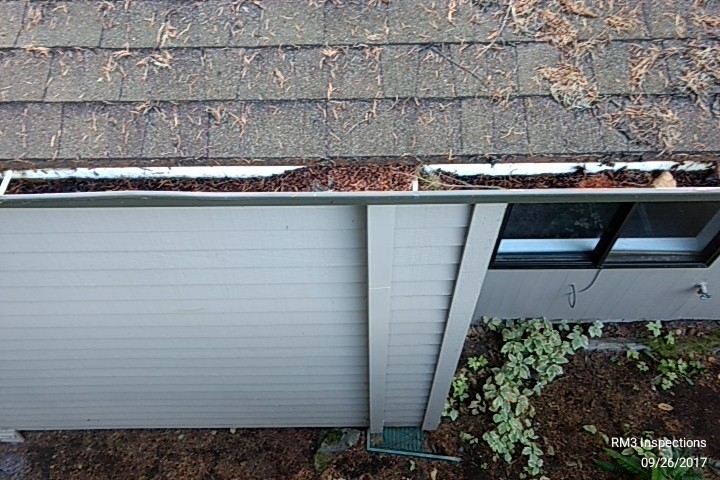Research Exercise: Study an article or image and explain what you have learned. During the review of dryer vent safety I learned that dryer vents should always connected properly and be free of lint and debris. Dryer vents that terminate in crawlspaces or attics will deposit moisture and can encourage the growth of mold, wood decay, or other material problems. This is a defective installation and must be corrected. Dryer vents must terminate at the exterior and away from a door or window. Screens may not be used at the duct termination as it will cause the accumulate of lint and block the ventilation.
The discharge pipe of the temperature pressure relief (TPR) valve was terminated more than 6 inches above the ground. This condition could result in scalding if the pressure relief valve were activated while a person was nearby. Recommends installation of a proper discharge pipe by a qualified plumbing contractor which terminates a maximum of 6 inches above the ground.
Ground Fault Circuit Interrupter (GFCI) electrical outlets are required in the bathrooms, kitchen, laundry room, garage and exterior outlets.
Double tapping is the installation of two (or more) wires in to a single bus bar connection. This configuration can lead to excess heat build up, melting wires, and potentially fire.
There should be an adequate work space in front and on either side of the electrical panel. The electrical panel is blocked by a saw and is a tight fit to be able to work on the panel. There is only 17 inches of width. The space between the two cabinets in front of panel should be a minimum of 30 inches in width. This is to allow ease of access to the panel for work to be performed and in case of emergency quick access.
This is a picture of an improper roofing nail installation. The nail should have been installed under the layer. This picture shows it going through the next run of shingles which would allow water to enter the nail hole. This could damage to shingles, underlayment and roof structure.

I read the article about electrical service panels. It’s topic concerning the space around service panels is very interesting because I have seen numerous cases where homeowners have either covered up, painted over or have removed stock door to be replaced with a custom cover.
Electrical Service Panels-
In this article I learned that during the electrical service panel inspection is one of the times that you really have to focus on the task at hand. This is not the time to discuss other thing with the client. You also need to inspect your surrounding before you open the box looking for water and also potential hazards that might be in the way to escape if need be. If there is not enough clearances around and above the box remember you do have the right to disclaim it.
Electrical outlets are used every day, without a cover the outlet is dangerous. Anyone is at risk for getting an electrical shock, or a spark that could start a fire. This is a safety hazard and should be addressed. Recommend installing a cover plate.
Condensation can bring mold, unsightly stains, a nuisance drip, or a rotted floor. You have to be careful when inspecting because you could be in a crawl space in winter, and miss the signs of condensation that may be present in the summer.
A water heater TPR valve should be installed on any water heating unit. The device is designed to relieve pressure build up within the unit exceeding 210 degrees F. The TPR valve should also be installed in the upper 6 inches of the tank where the water is hottest.

The maximum distance a dryer vent should be installed from the drying unit is 25 feet. This distance is reduced by 2.5 ft for every 45 degree elbow installed and 5 ft for every 90 degree elbow installed. There should also not be any screws in the connection points of elbows.
The TPR valve on this hot water heater is good. It is located no more than 6" from the top of the tank. It is readily visible, as well as, it’s discharge location. The bottom of the discharge pipe is no more than 6" from the floor, and drains into a floor drain.
Wires and cables installed through studs in walls should be through a hole that is no less than 1 1/4" from the edge of the stud. If the hole is less than 1 1/4" away from the edge a metal plate should be installed on the edge of the stud to protect the wire or cable from possibly being hit by a drywall screw.
The rough framed attic access should be a minimum of 22" x 30". In this case, the access exceeds the requirements. There should also be a 30" vertical clearance, which is met in this example as well. No problem here.
Bathroom ventilation ducts and fans. The fans are designed to remove odor and moisture. Signs of improper ventilation include: moisture stains, corrosion of metal, visible mold on walls or ceilings, peeling paint or wallpaper, frost on windows, and high levels of humidity.
The attached photo shows an extreme example of improper grading. Concerns include: moisture wicking by the brick, absorption by the wall structure potentially causing rot and mold, creating an environment favorable to WDI, premature failure of foundation system and basement with excess moisture (mold, rot, premature failure of heating or other installed systems).

Observed clogging in the gutter(s), particularly above a downspout location, at time of inspection. If left unattended, this could lead to water build-up in the gutter and possible infiltration into the structure. Recommend removing debris from all gutters, installation of gutter guards and/or regular maintenance to keep gutters free of debris build-up.
I read the article: “10 easy ways to save money and energy in your home”. From this, I learned a lot about how much more efficient LEDs were than traditional incandescent lights. I didn’t realize the average household dedicates 11% of it’s energy budget to lighting alone. Switching from incandescent bulbs to LEDs could reduce a household’s energy use for lighting by up to 75%. I knew LEDs were more efficient, but didn’t realize to what extent.
in the photo shows the duct of the broken dryer in the lower part of the dryer which causes a problem of humidity in that space oxidizing the base of the dryer and sultando the pulusas inside the interior space which represents a fire irrigation is recommended its immediate change

Sheathing is the board or panel material used in floor, wall and roof assemblies of both residential and commercial construction. The most basic function of sheathing, in any application, is to form a surface onto which other materials can be applied. There are several types of sheathing, each having a specific function based on its application.
